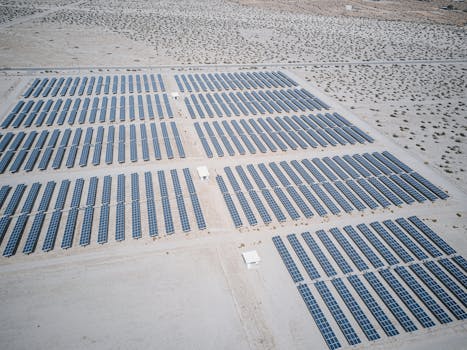
Weaving a Sustainable Future: The Rise of Fiber Companies in Africa
Weaving a Sustainable Future: The Rise of Fiber Companies in Africa is a significant development that has been gaining momentum in recent years. As the continent continues to experience rapid growth and urbanization, the demand for reliable and efficient connectivity has never been more pressing. In response, fiber companies in Africa have been at the forefront of driving this change, leveraging cutting-edge technology to create a more sustainable and connected future for all.
The rise of fiber companies in Africa is a testament to the continent’s determination to bridge the digital divide and foster economic growth. With the African Continental Free Trade Area (AfCFTA) set to increase trade and commerce across the region, the need for robust and reliable connectivity has become paramount. Fiber companies have risen to the challenge, investing heavily in infrastructure development and innovative solutions that cater to the unique needs of African markets.
The Benefits of Fiber Connectivity
Fiber connectivity offers numerous benefits, including faster data transfer rates, lower latency, and greater reliability. This has significant implications for businesses, governments, and individuals alike, enabling them to communicate effectively, access vital services, and participate in the global digital economy. Moreover, fiber connectivity has the potential to drive economic growth, create jobs, and improve living standards, making it an essential component of Africa’s sustainable development strategy.
One of the most significant advantages of fiber connectivity is its ability to support the growth of emerging technologies such as cloud computing, artificial intelligence, and the Internet of Things (IoT). As African businesses and governments increasingly adopt these technologies, fiber connectivity will play a crucial role in enabling their widespread adoption, driving innovation, and fostering a culture of entrepreneurship and innovation.
Challenges and Opportunities
Despite the many benefits of fiber connectivity, there are still significant challenges to overcome. One of the major hurdles is the lack of infrastructure in many parts of Africa, particularly in rural and remote areas. This has resulted in a significant digital divide, with many communities lacking access to basic connectivity services. Additionally, the high cost of deploying fiber infrastructure, combined with regulatory and bureaucratic hurdles, has slowed the pace of development in some countries.
However, these challenges also present opportunities for innovation and growth. Many fiber companies in Africa are leveraging alternative technologies such as wireless and satellite connectivity to reach underserved areas. Others are exploring innovative business models, such as community-led networks and public-private partnerships, to accelerate deployment and reduce costs.
African Fiber Companies Leading the Way
Several African fiber companies are at the forefront of driving this change, investing heavily in infrastructure development and innovative solutions. Companies such as Liquid Telecom, MTN, and Vodacom are leading the charge, deploying thousands of kilometers of fiber optic cable and connecting millions of people to the internet. These companies are not only driving economic growth but also contributing to the United Nations’ Sustainable Development Goals (SDGs), particularly SDG 9, which aims to build resilient infrastructure and promote inclusive and sustainable industrialization.
Other companies, such as Seacom and MainOne, are focusing on submarine cable systems, connecting Africa to the rest of the world and enabling the exchange of data and ideas across the globe. These initiatives are critical to driving economic growth, improving trade, and fostering international cooperation and collaboration.
Conclusion
In conclusion, the rise of fiber companies in Africa is a significant development that has the potential to drive a sustainable future for the continent. As fiber connectivity continues to expand, it will enable the growth of emerging technologies, drive economic growth, and improve living standards. While challenges remain, the opportunities for innovation and growth are vast, and African fiber companies are leading the way. As the continent continues to evolve and grow, one thing is clear: fiber connectivity will play a critical role in shaping Africa’s future and driving a more sustainable and connected world.


